Ups and downs in NATO’s fortunes are nothing new, and predictions of NATO’s demise are almost as old as the Alliance itself. What is remarkable is not the Alliance’s decline but its longevity.
NATO has outlasted the Warsaw Pact by some three decades. Other Cold War alliances – the South East Asia Treaty Organisation (SEATO) and the Central Treaty Organisation (CENTO) - passed into history in the late 1970s. All of which begs the question: why has NATO persisted when other alliances have fallen by the wayside? There is already some excellent scholarship that addresses this issue. As NATO approaches another milestone – the adoption of its fourth post-Cold War Strategic Concept – it is worth examining the question once more.
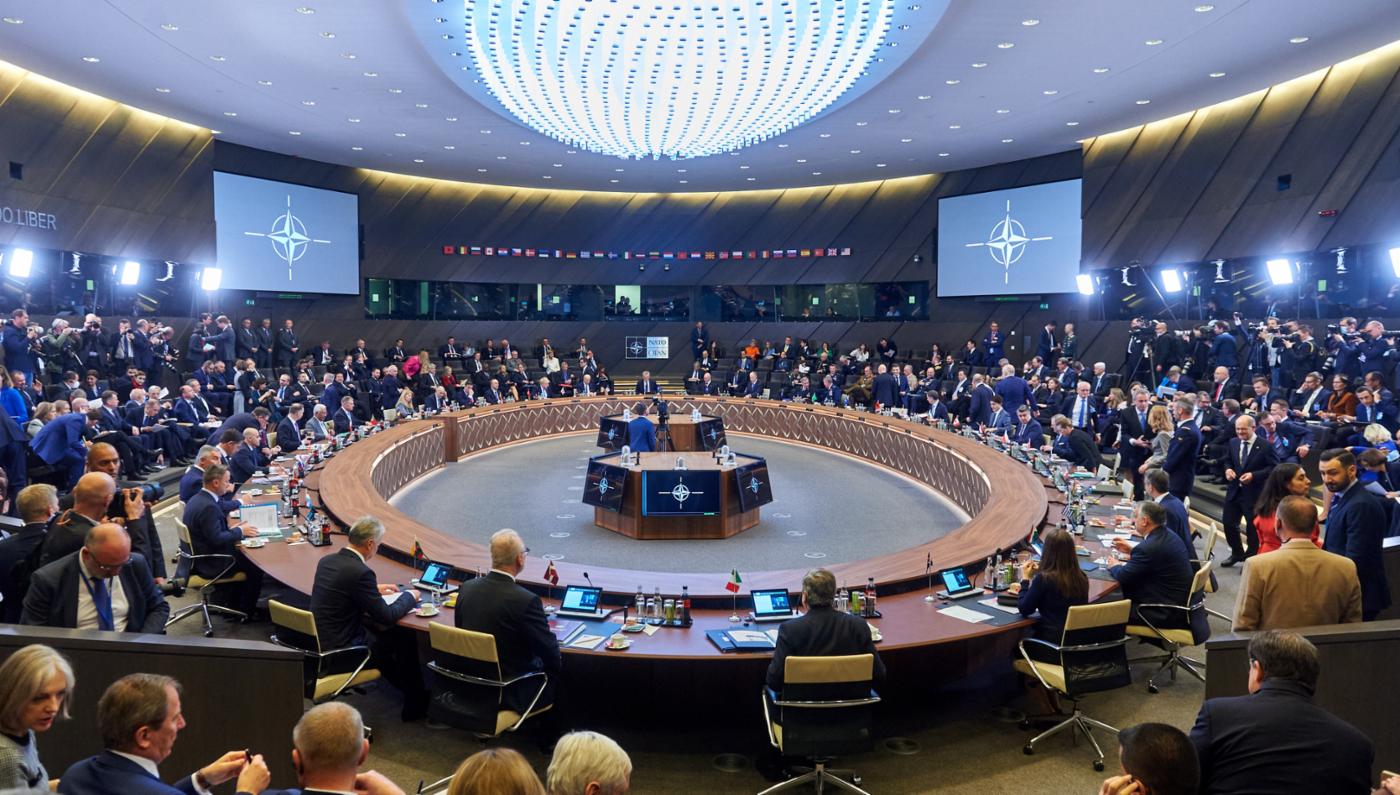
Russia’s invasion of Ukraine has reaffirmed NATO’s worth. Pictured: Extraordinary Summit of NATO Heads of State and Government at NATO HQ, Brussels, Belgium, 24 March 2022. © NATO
All things must pass?
NATO was created after World War II alongside a raft of other bodies which remain active today. This includes the United Nations and its subsidiaries (the International Monetary Fund, the World Bank, the World Health Organisation and so on) as well as the European Union (whose origins lie in the European Coal and Steel Community created in 1951). There are multiple reasons that explain why these organisations have survived. But the long record of each demonstrates that institutional death is not inevitable. That these bodies remain crucial for global and regional governance bucks another trend: the tendency of organisations to take on a ‘zombie’ form. Clearly, some organisations do suffer such a malaise. The inter-American Rio Pact, the Regional Security System in the Caribbean and the Community of Sahel-Saharan States are all essentially dormant. However, just as many international organisations are alive and kicking. Historically-speaking, the period since 1945 has seen a huge upsurge in the number of international organisations. The replenishment and survival rates, in other words, are healthy.
NATO is unique
General observations only take us so far. NATO is in many ways unique, and that, equally, is the key to its longevity.
Two aspects are worth highlighting here. The first relates to what Celeste Wallander (now Assistant Secretary of Defence for International Security Affairs in the Biden administration) described in a still pertinent article published in 2001 as ‘NATO’s portable institutional assets’. These encompass more than simply the NATO bureaucracy (the International Staff and the International Military Staff) and Alliance force and command structures. Just as important are NATO’s integrated militaries and mechanisms of political consultation. Developed to face off against the Soviet bloc, these, Wallander argued, proved well suited to new missions after the Cold War.
Such ‘pragmatic functionalism’ has its downsides certainly. Taking on a new task is no guarantee of achieving the right result, as Afghanistan demonstrates. But NATO’s ability to adapt cannot be gainsaid. One standard view of alliances is that these bodies disband after defeat (the situation NATO faced in Afghanistan 2021) or following victory (where the Alliance stood at the Cold War’s end). NATO has disproven both assumptions.
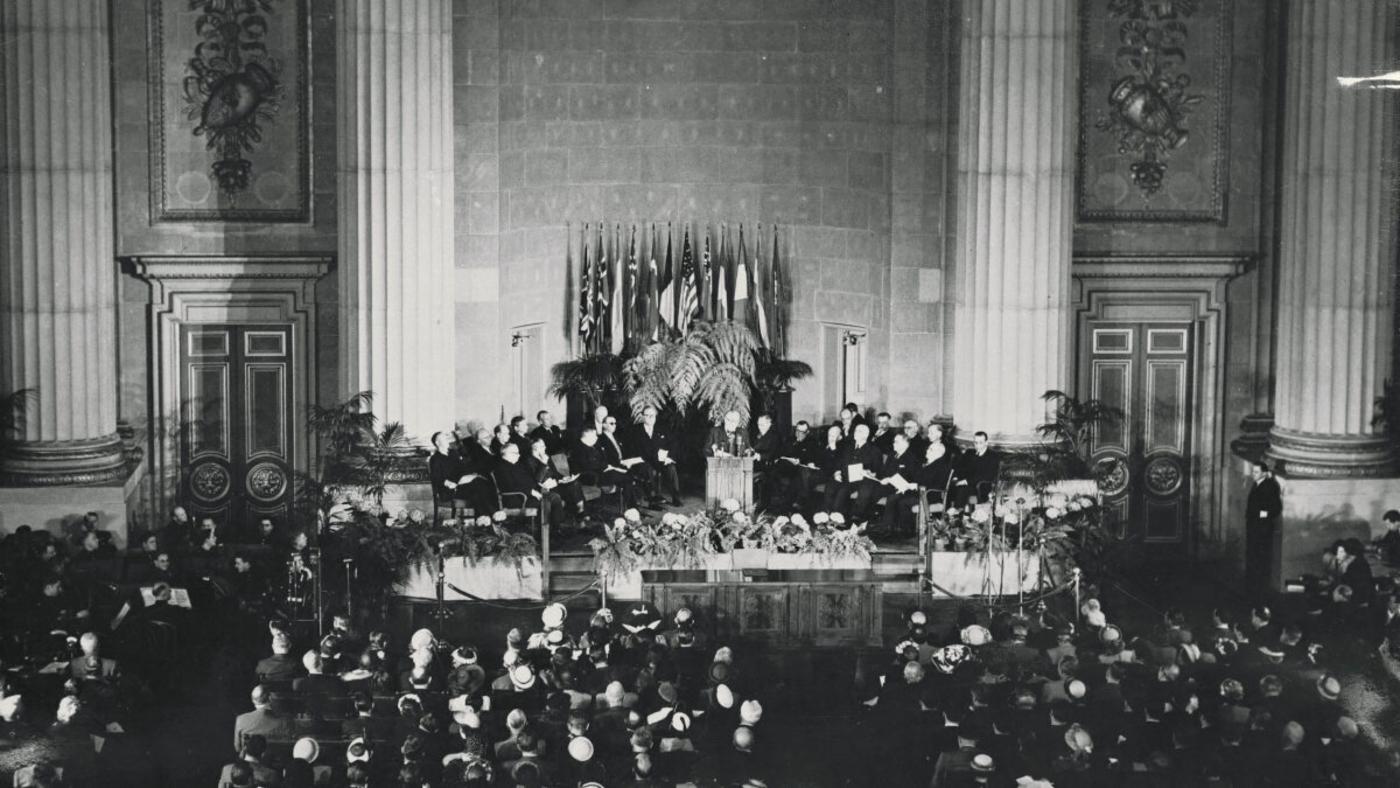
Signing of the North Atlantic Treaty, Washington D.C., United States of America, 4 April 1949. © NATO
Institutional resilience sits alongside a second important feature. Simply put, NATO is as much a political organisation as it is a military alliance. Attention here is often drawn to the democratic sentiments contained in the preamble of the North Atlantic Treaty. More important in practical terms have been the politics of NATO’s internal affairs. Since its formation, the Alliance has encapsulated a balance of trans-Atlantic interests. Here, the security and defence of Europe is interdependent with the extended security needs of the US. European stability is essential for the economic and political goals of US foreign policy, while for the European allies, America’s defence guarantees make up for any military insufficiencies. Interdependence means that NATO has never simply been a subsidiary of American foreign policy. American leadership is a reality, but decision-making in NATO is characterised by bargaining, sophisticated processes of multilateral consultation and, formally-speaking, a reliance on consensus.
Over time, these political features have generated robust relations of trust and dependability among allies. Those relations have, on occasion, been sorely tested. All of NATO’s major deployments – whether in Bosnia, Kosovo, Libya or Afghanistan – have given rise to intra-alliance tension. The 2003 Iraq crisis, meanwhile, was described as NATO’s ‘near death experience’. But NATO abides. And the assumption of permanency is itself an asset. Temporary coalitions (such as the global coalition battling ISIS or that assembled twice by the US to fight wars with Iraq) lack the embedded structures of NATO, which casts a shadow over their long-term reliability. NATO’s structures may sometimes mean sluggish decision-making; they may also embed inefficiencies (evident in recurrent burden-sharing disputes). But when NATO acts, it does so with the surety of consensus and the advantages of interoperability, unity of command, and pooled resources.
There is no substitute
NATO’s uniqueness means, by definition, it cannot be substituted. NATO’s transatlantic character along with the military and political features described above exist in combination nowhere else. The UN, the Organisation for Security and Cooperation in Europe and the EU can all lay claim to promoting security in one way or another, but none would have been able to mount the sorts of operations NATO has undertaken in the Balkans, Libya and Afghanistan. Similarly, the Readiness Action Plan adopted after Russia’s annexation of Crimea in 2014 and the reinforcement of the eastern flank in 2022, could only have been achieved by NATO. The same, of course, can be said for how Europe’s defence was organised during the Cold War.
Proposed alternatives to NATO have been few and fleeting. Abandonment – the course entertained by President Trump - is the most dramatic and consequential. Many worry that a future American president may still invoke this option, although there is every possibility it would still fall foul of the constitutional need for Senate affirmation. As for the current administration, it has returned policy to the mainstream. The 2021 Interim National Security Strategic Guidance describes NATO as one of ‘America’s greatest strategic asset(s).’ The reasons why are obvious. NATO doesn’t simply entrench American influence in Europe. It also helps furnish a reliable pool of interoperable armed forces and keeps the peace at one end of the Eurasian landmass, so allowing the US (the Ukraine crisis notwithstanding) to prioritise the threat from China at the other. Even Trump came to recognise these virtues. Tellingly, he never actually acted upon what now appear impetuous and ambiguous threats to withdraw from the Alliance. And in material terms, American support for the NATO Allies (evident in the European Deterrence Initiative) actually increased during the Trump years.
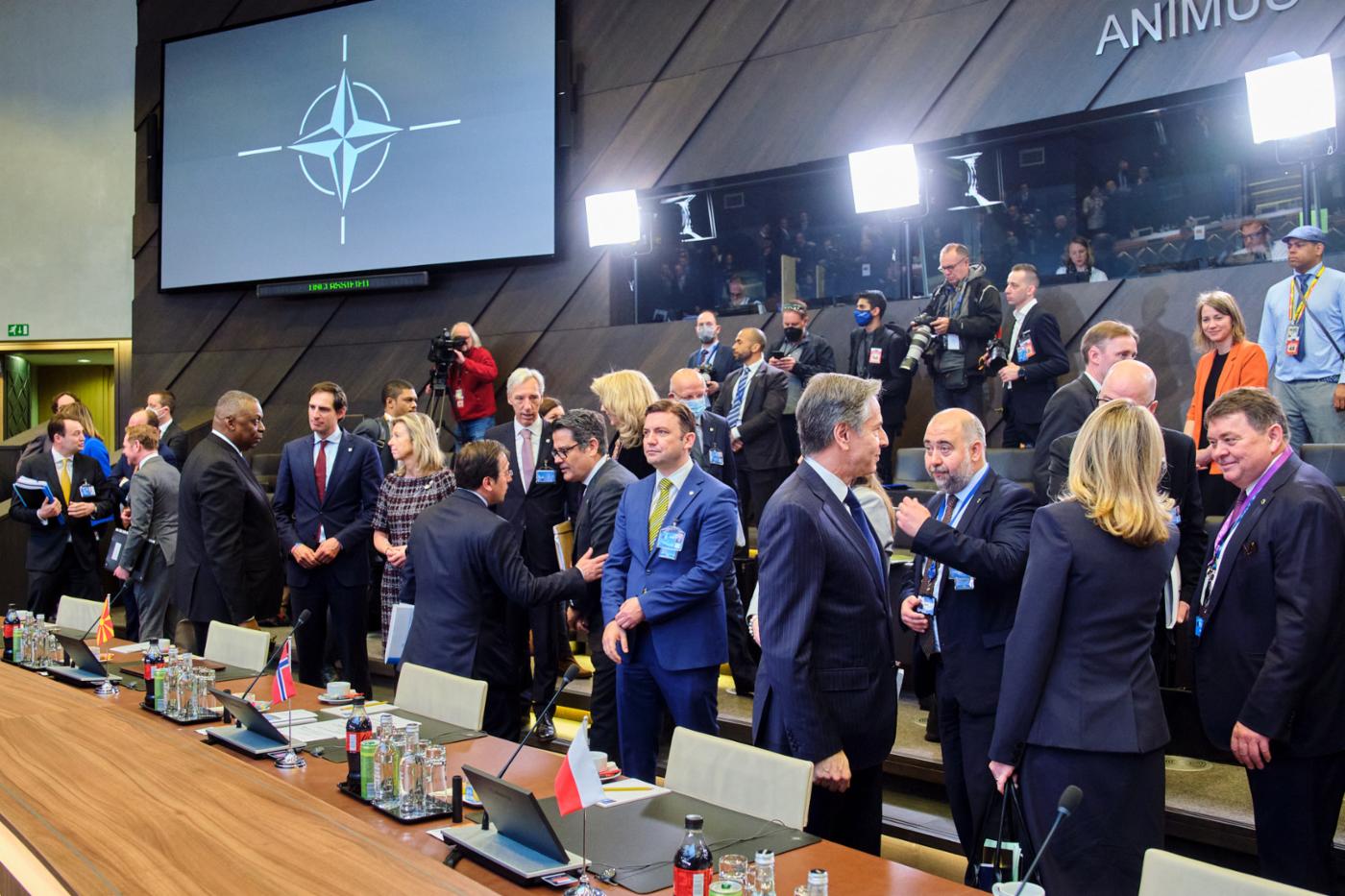
NATO is characterised by bargaining, sophisticated processes of multilateral consultation and, formally-speaking, a reliance on consensus. Pictured: NATO Heads of State and Government during the Extraordinary Summit held at NATO HQ on 24 March 2022. © NATO
Substitutes for NATO have never really existed in Europe itself. Throughout the Cold War, talk of a ‘European pillar’ was primarily seen as something that would exist within the Alliance, not outside it. At the Cold War’s end, the French president François Mitterand and West German Foreign Minister Hans Dietrich Genscher promoted schemes that would have folded NATO into a pan-European security structure. Neither idea, however, took off. NATO’s continuation was favoured by the West German Chancellor Helmut Kohl as well as by the British, the Canadians, the Turks and the majority of the European Allies. And the George H.W. Bush administration was clear that NATO – with a unified Germany as a member - should be the anchor of Europe’s post-Cold War order.
In the decades since, that preference has prevailed in European capitals as well as in Washington. Europe’s non-EU allies (Turkey most significantly, and now the UK) have thus been sceptical of the EU acquiring a defence role. And while France and, to a lesser degree, Germany, have been instrumental in developing what the EU’s Lisbon Treaty refers to as ‘a common defence’, neither state has ever contemplated withdrawing from the Alliance in order to promote it. The most important recent statement of EU ambition, the ‘2022 EU Strategic Compass’, thus steers towards a familiar formula. EU defence initiatives, the document states, should ‘be consistent with commitments under the North Atlantic Treaty Organization, which, for those States which are members of it, remains the foundation of their collective defence and the forum for its implementation.’
Strategic foresight
Survival and success also depend on having the right strategy, but obtaining such a thing is difficult. Some scholars, aware of the bureaucratic and political blinkers that impede clear thinking, have bemoaned the ‘forgotten’ or ‘lost’ art of strategy-making. Others have pointed to strategy’s illusory nature, given its application to circumstances that are usually too unpredictable and too complex to produce the intended results. Despite these obstacles, strategy is ubiquitous. No organisation - whether a government, a military, a company or, indeed, an alliance – can in good conscience face the world without one. Whatever its limitations, strategy is better than the alternatives: taking a shot in the dark, relying on primordial concepts such as honour, reputation and glory, or falling back on habit and path-dependent thinking.
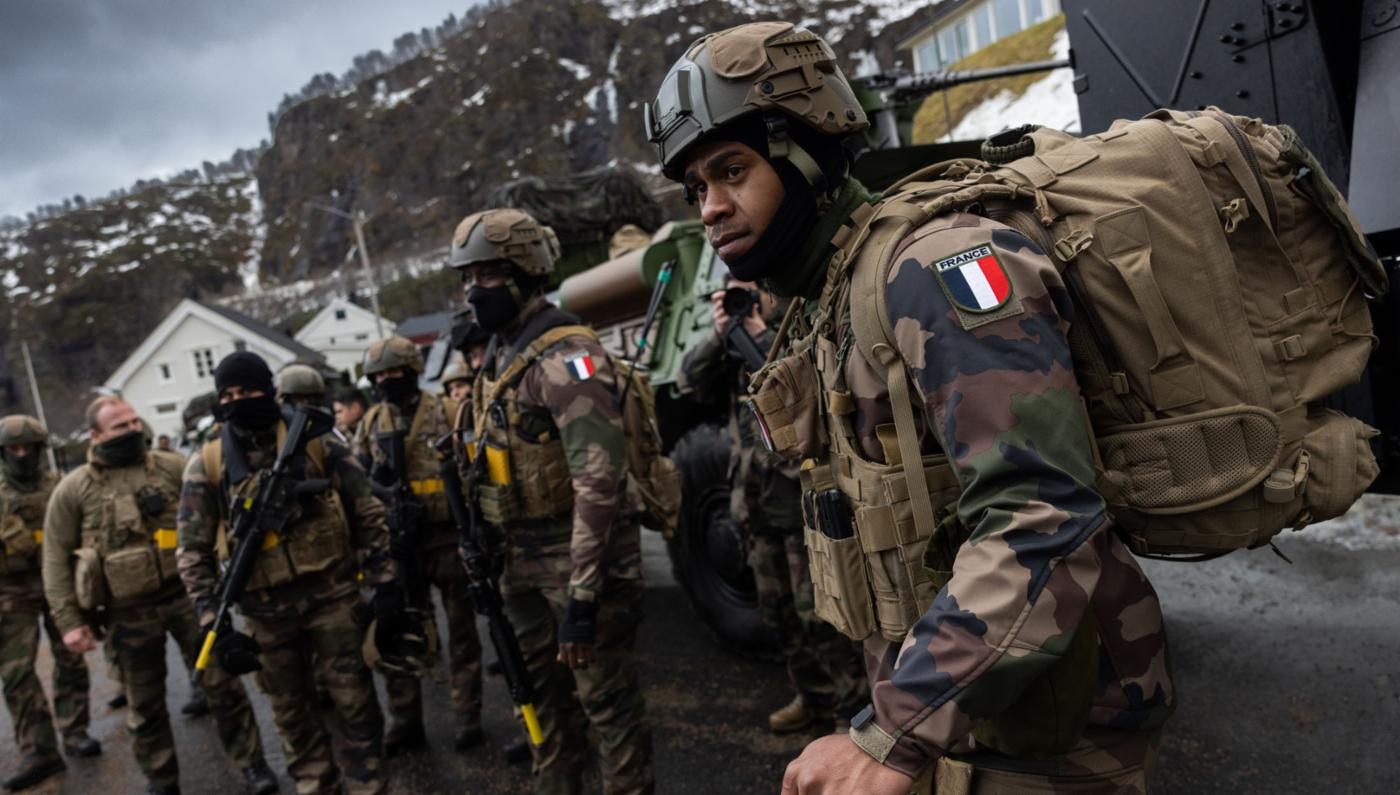
NATO’s uniqueness means, by definition, it cannot be substituted. NATO’s transatlantic character, along with the military and political features described above exist in combination nowhere else. Pictured: French marines Sandstrand, Norway on 21 March during Exercise Cold Response 22. © NATO
Good strategy needs to be constantly adjusted to changing circumstances. It also needs to be appreciative of what is possible (not just what is desirable), and conscious of the resources necessary to meet specified objectives. Above all, as Sir Lawrence Freedman has argued, to adopt a strategy is to embrace choice; it is a recognition that the environment an actor faces can be tamed and not simply allowed to run amok.
NATO sits reasonably well within this understanding. Throughout its history, the Alliance has paid considerable attention to formulating and agreeing strategy, and then coordinating Allied efforts on the basis of constantly updated concepts, political guidance, and military doctrine. These efforts often assume enormous political significance. The 1967 Harmel Report on ‘The Future Tasks of the Alliance’, according to one assessment, rescued NATO from ‘the most severe crisis in its history’ following France’s departure from the Alliance’s integrated military structures. The 1990 London Declaration and the 1991 Strategic Concept were similarly pathbreaking and helped NATO transition into the post-Cold War period.
These precedents mean NATO’s more recent top-level documents – the Strategic Concepts of 1999 and 2010 as well as the anticipated update of 2022 – come freighted with huge significance. Externally, they are NATO’s public face on the world: key statements of relevance and purpose. Internally, they are important exercises in consensus building among the Allies. But while significant in their own right, the Strategic Concepts are only one expression of NATO’s strategic coherence. Beneath them sit obscure, often classified but, nonetheless, operationally significant statements of purpose. In recent years such documents have been adopted at pace. In 2019, NATO approved a new Military Strategy, and in 2020 two implementing documents - a Concept for the Deterrence and Defence of the Euro-Atlantic Area and a Warfighting Capstone Concept. In 2021, the Allies agreed to action plans on climate change and Women, Peace and Security, as well as a ‘Strengthened Resilience Commitment’ and a cyber defence policy. An ‘Overarching Space Policy’ followed in January 2022.
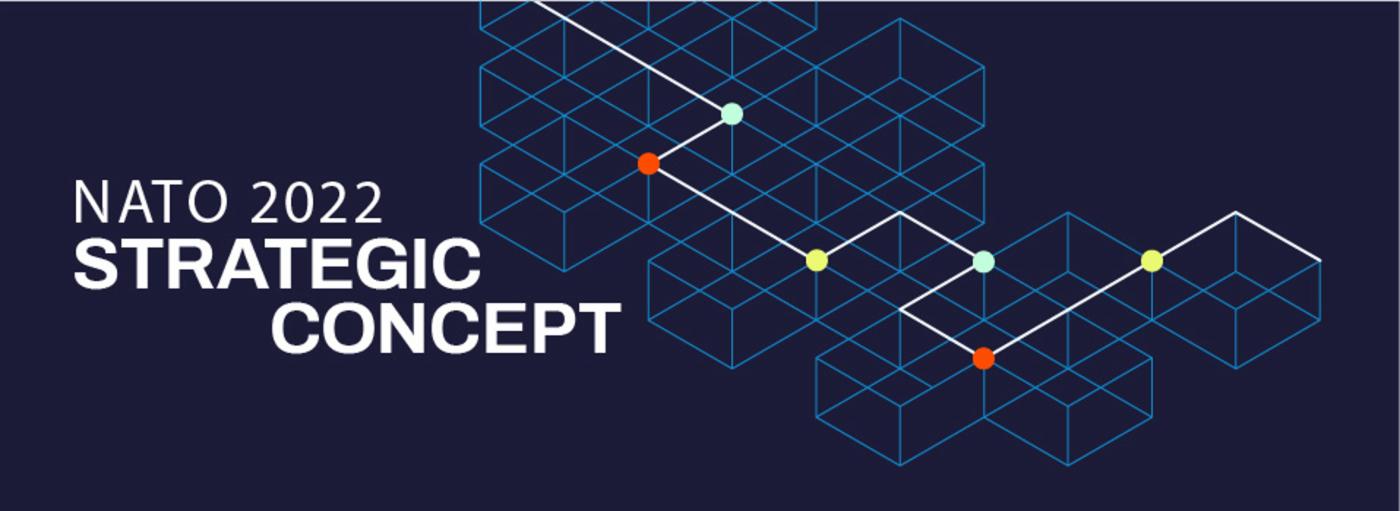
NATO is due to formally adopt its new Strategic Concept at the Madrid summit in June 2022. The draft is already being reworked in light of the Ukraine crisis.
NATO is due to formally adopt its new Strategic Concept at the Madrid summit in June 2022. The draft is already being reworked in light of the Ukraine crisis. It seems likely also that the NATO Military Strategy will end up with a revamp shortly after.
NATO’s afterlife
Biological analogies don’t work well when applied to alliances. There is no reason to suppose that for NATO, senility now beckons. Alliances endure often for centuries. The ‘perpetual’ friendship envisaged in the Anglo-Portuguese Treaty of 1373 is still going strong; and no one questions the durability of either the US-Canadian security relationship (initially set out in the 1940 Ogdensburg Agreement) or the Franco-German relationship (formalised in the 1963 Élysée Treaty). NATO is different insofar as it is an expression of collective (not simply bilateral) endeavour. NATO’s future is unwritten, but certainly in the short to medium term, it has a full agenda to attend to.
